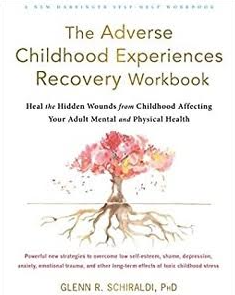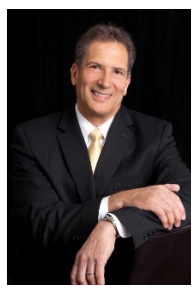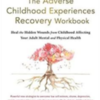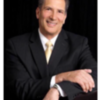Far too many people are walking around with unhealed, hidden wounds from toxic
childhood stress. For some the pain is obvious. Others might look outwardly strong,
capable, and in control. However, unhealed inner wounds inevitably cause untold and
needless suffering and can lead to a dizzying array of psychological, medical, and functional problems.

In this three-part blog, we’ll discuss the road to recovery. This blog is Part I: The
Principles of Healing. Part II will explain why traditional treatments are not typically the
best starting place, and what approaches work better. Part III will discuss new and
promising treatments.
The Principles of Healing
Information about Adverse Childhood Experiences (ACEs) can help us better understand
the link between ACEs and health outcomes. But information alone is rarely sufficient to
heal scars deep within us.
The healing agents are
1. Mature Love. Although this may sound unscientific, science has shown that love, not
time, changes one’s brain, physiology, and ability to heal in profoundly beneficial ways.
Love helps to soften, soothe, settle, and rewire distressing memories. Love stimulates
the brain to release oxytocin, which reduces stress, anxiety, depression, post-traumatic
symptoms, and inflammation. Love causes the developing brain to wire in ways that
regulate physical and emotional stress. From the earliest days of life love affects the
brain’s ability to self-soothe and recover from stress. If you didn’t receive love from
caregivers growing up, you can learn to provide healing love and nurturing now.
2. Calm. Excessive stress causes areas of the brain that regulate emotions, thinking, and
speech to go “offline.” Excessive stress also takes offline areas of the brain that give one
a feeling of being connected to oneself, one’s body, and one’s emotions. Learning to
regulate stress arousal that is stuck on too high or too low, therefore, is a critical step
to healing. You can learn to bring stress arousal within a window where arousal is
neither too high nor too low. This window is called the “resilience zone.”
3. Safety. Toxic childhood stress imprints the sense that one is unsafe, which keeps a
person on edge and kicks one out of the resilient zone. You can learn to help your body
and right brain, where traumatic memories mostly play out, to feel safe and calm.
4. Turning toward the pain. Rather than avoiding what hurts—which is a normal and
understandable tendency—you turn toward painful memories in order to heal them.
You learn to bring wounds that are hidden in the shadows into the light of day and face
them calmly and kindly, knowing that you are now safe. Love and acceptance—of
yourself and the experiences you’ve faced— meet these old memories and replace
shame. Bottled up painful memories find constructive expression (think of draining an
infected wound).
5. Appreciate the strength that has gotten you through so far. If you didn’t have the
strength we call resilience, you wouldn’t have survived until now. Giving yourself
realistically earned credit is one way to nurture yourself.
Some other helpful principles
1. Healing can occur at any age, if you apply the necessary healing skills. Sometimes the
healing comes sooner, sometimes later, but practice enables you to feel improvement.
2. Healing requires an active stance. We would not fail to clean and bandage a physical
wound. Similarly, we can actively tend to our inner wounds, with newfound healing
skills. You can typically practice many skills on your own. However, when the steps to
healing seem overwhelming, you can seek the help of a trauma specialist, one who is
skilled in the process of healing traumatic wounds.
3. ACEs often cause one to think poorly of oneself. You might experience self-dislike,
shame, and/or damaged self-esteem. This perspective can be changed. If willpower
alone has not helped, there are many new strategies for healing. Negative neural
programming can be rewired so that you will feel and function at your best. You can
change the way you experience yourself and life, and create a satisfying and joyful life.
4. You are not crazy. It is normal to have troubling symptoms following exposure to toxic
childhood stress.
5. Even painful experience can be useful. Difficult times can spur us to learn
compassion for self and others, turn vulnerabilities into strengths, and grow from our
experience. Destructive intergenerational patterns can be interrupted, starting with
you. You can be the transition person.
We have learned so much in recent years to heal the inner wounds of toxic childhood
stress. There is much cause for hope, as we’ll explore in the next two blogs.
About the Author
Glenn R. Schiraldi, PhD, has served on the stress management faculties at The Pentagon, the International Critical Incident Stress Foundation, and the University of Maryland,
where he received the Outstanding Teacher Award in addition to other teaching/service
awards. His books on stress-related topics have been translated into seventeen languages,
and include The Adverse Childhood Experiences Recovery Workbook, The Resilience Workbook, The Post-Traumatic Stress Disorder Sourcebook, and The Self-Esteem Workbook. The founder of Resilience Training International (www.ResilienceFirst.com), he has trained laypersons and clinicians around the world on various aspects of stress, trauma, and resilience.






Comments (3)